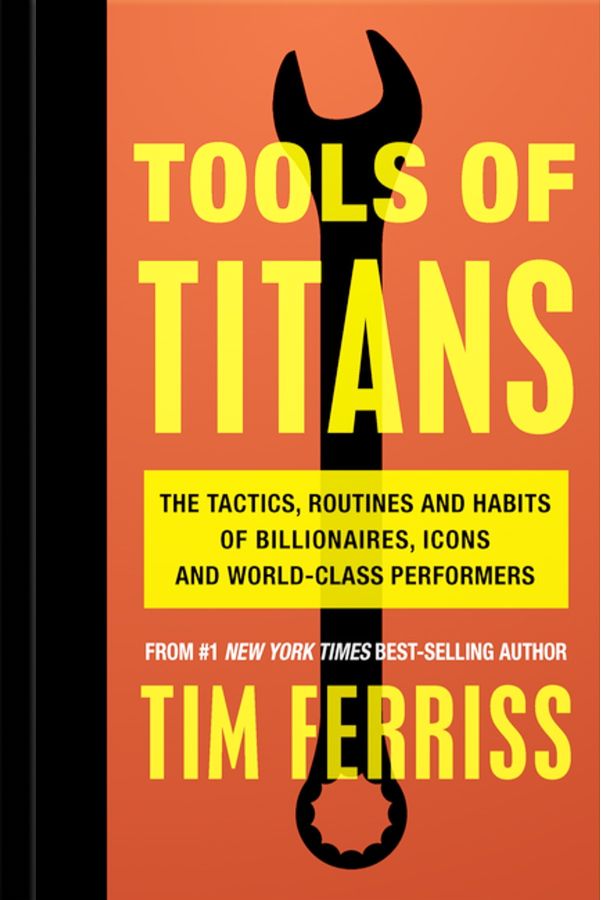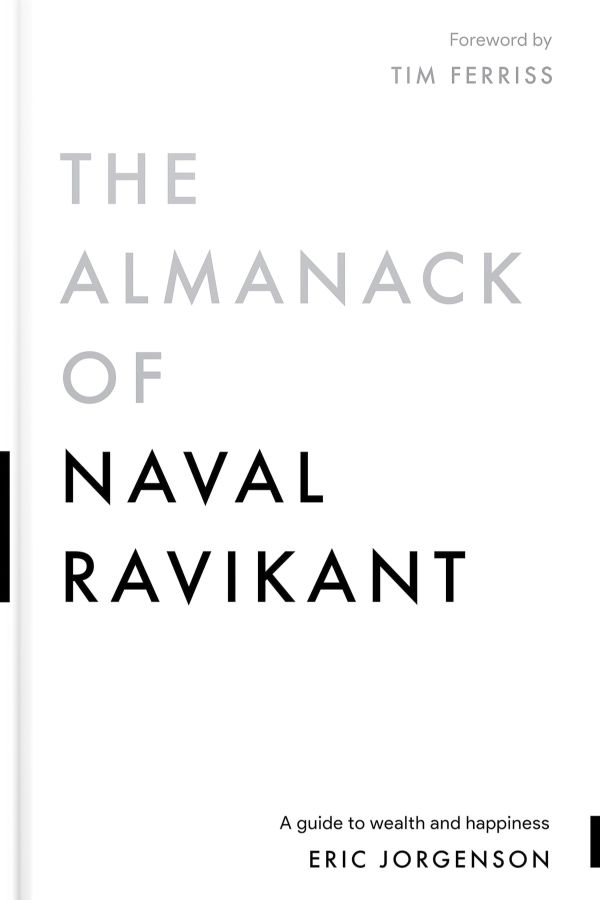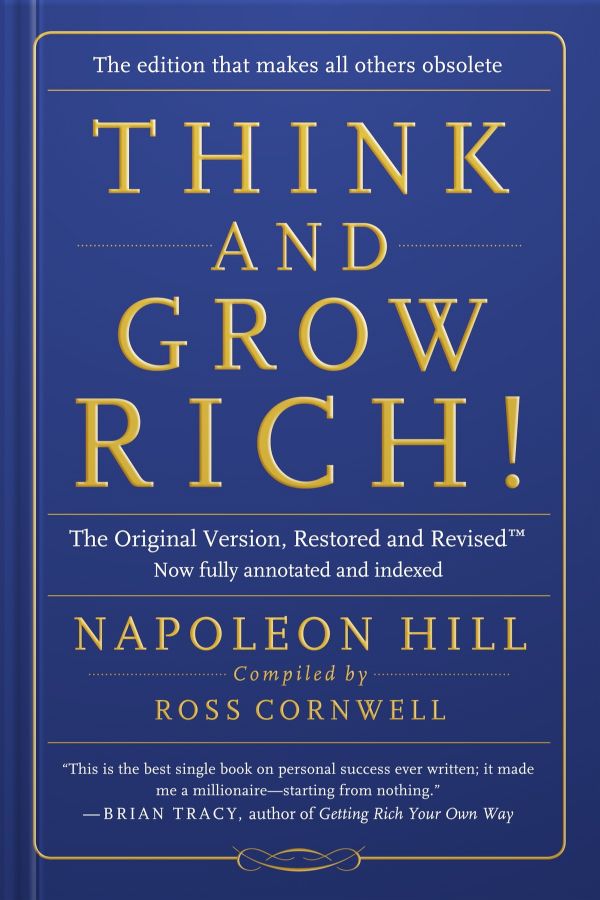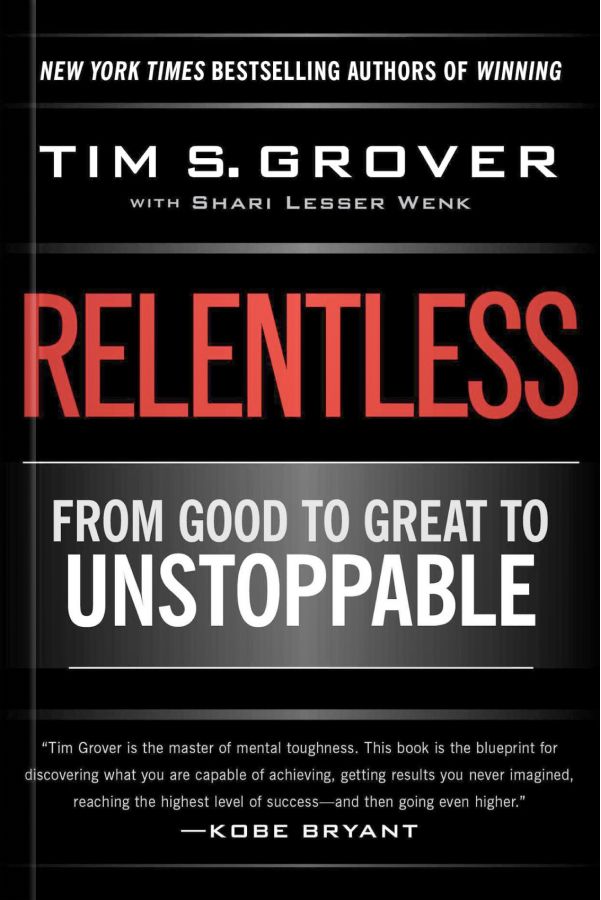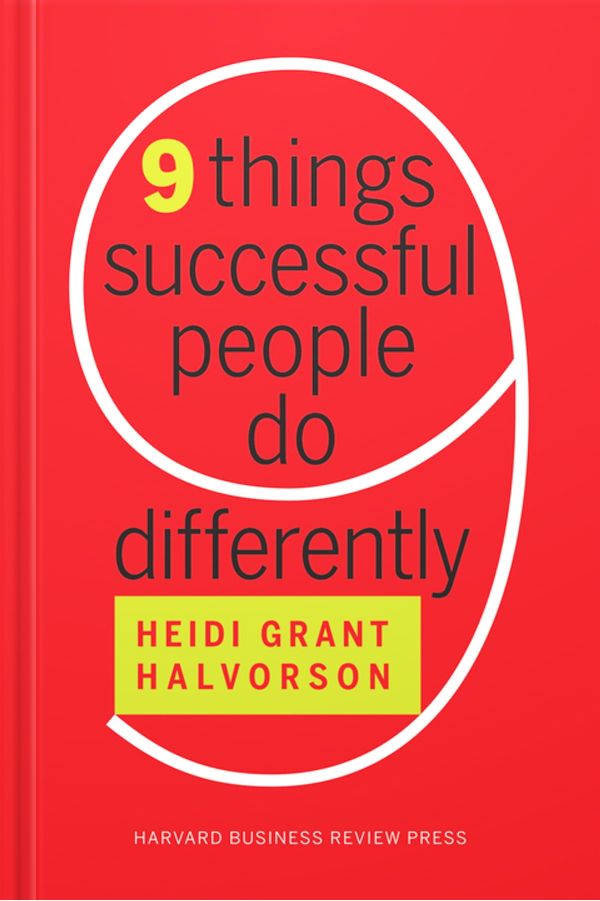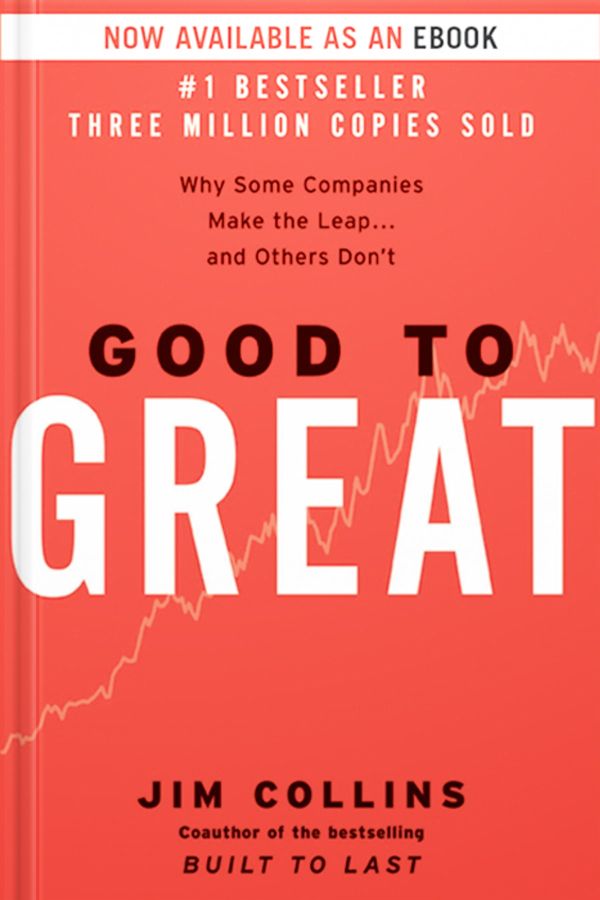
Leadership
Good To Great by Jim Collins
1. Level 5 Leadership: Humility Meets Tenacity
Leadership is pivotal in transforming a good company into a great one.
Collins introduces the concept of Level 5 Leadership, a potent blend of humility and an indomitable will to excel. These leaders aren't propelled by ego but by a burning desire to build an enduringly great company.
Consider leaders like Darwin Smith of Kimberly-Clark, who despite his introverted nature, revolutionized the company's trajectory, prioritizing its long-term success over short-term gains.
As Collins states:
"Level 5 leaders are a study in duality: modest and willful, humble and fearless."
2. First Who, Then What: The Power of Right People
Collins emphasizes, 'getting the right people on the bus, the wrong people off the bus, and the right people in the right seats.'
Simply put, it's imperative to bring onboard people aligned with the vision of greatness.
As an example, Collins mentions Wells Fargo and its remarkable turnaround under Dick Cooley, who had the foresight to assemble a team of stellar individuals who ultimately steered the company to greatness.
Collins underscores:
"Great vision without great people is irrelevant."
3. Disciplined Thought: Facing Facts and Keeping Faith
The third tenet revolves around disciplined thought—unflinching confrontation of brutal facts while maintaining unwavering faith in eventual success.
This balance fosters realism without letting adversity undermine resolve.
Collins presents the case of Nucor, a company that faced challenges head-on, thus successfully navigating the vicissitudes of the steel industry.
Collins urges
"You must maintain unwavering faith that you can and will prevail in the end, regardless of the difficulties."
4. The Hedgehog Concept: Pursue Passion, Proficiency, and Profitability
The Hedgehog Concept is about achieving greatness through focus on three intersecting circles:
- What you are passionate about
- What you can excel at
- What drives your economic engine.
Collins discusses Walgreens and its laser-focused pursuit of convenience, a factor it was passionate about, could excel at, and which drove profitability.
As per Collins:
"The essence of a Hedgehog Concept is to attain piercing clarity about how to produce the best long-term results."
5. Disciplined Action: Cultivating a Culture of Discipline
To translate insights into actions, Collins stresses on disciplined action rooted in a culture of discipline.
This doesn't mean an oppressive, bureaucratic approach, but an environment where disciplined people engage in disciplined thought and take disciplined action.
The transformation of Gillette under the stewardship of Colman Mockler demonstrates this principle. Despite repeated hostile takeover attempts, the company stayed disciplined, leading to their long-term success.
Collins declares:
"A culture of discipline is not just about efficiency, it is about creating a framework that allows people to focus and thrive."
By assimilating and implementing these transformative concepts, businesses can make the quantum leap from being good to becoming great.
As Collins eloquently puts it
"Greatness is not a function of circumstance. Greatness, it turns out, is largely a matter of conscious choice, and discipline."















